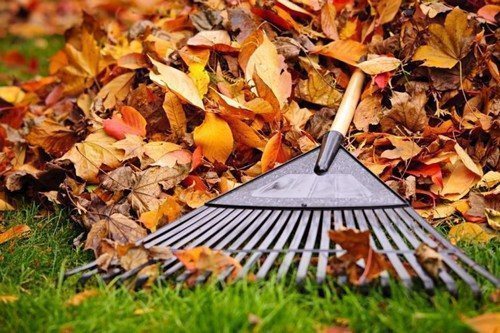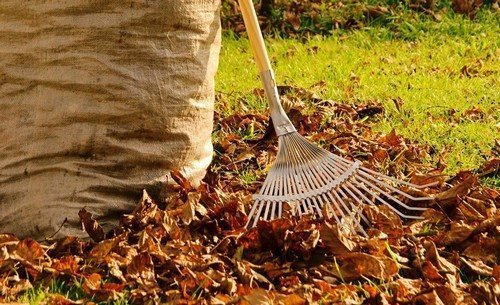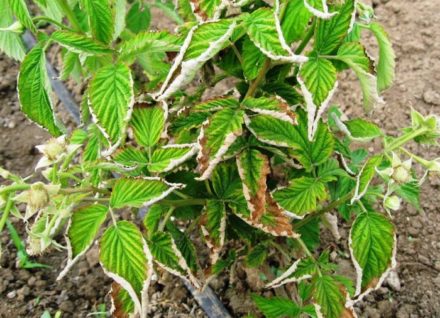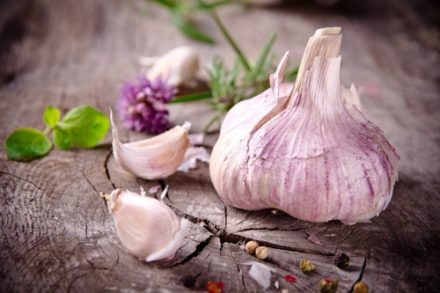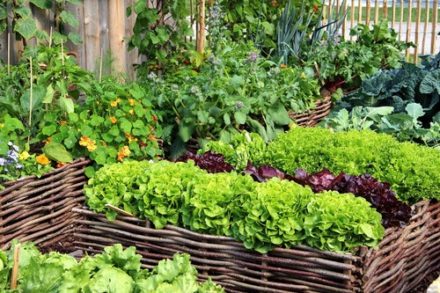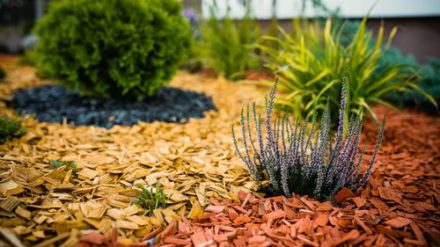Fallen autumn leaves are a valuable product that annoys the owners of private houses. Natural material can easily be turned into nutritious fertilizer - humus, which protects the roots of shrubs and trees from frost in winter. In summer, foliage helps maintain soil moisture and prevents soil acidification. Fallen leaves can be used to benefit the area.

Compost collection
Rake fallen leaves from fruit trees, chop them up and add them to the compost pile. It is important that only healthy foliage without components affected by powdery mildew and pests gets into the pit. Leafy ingredients in compost will be most effective if green vegetable crops are added before adding them.
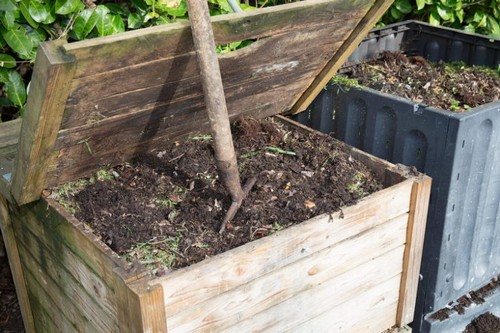
Soil for planting indoor plants and seedlings
Place the collected dry leaves in a plastic trash bag and add green waste to them: weeds and annual crops without seeds and roots. Shake the bag regularly to mix the contents. After rotting, the organic matter will turn into nutritious soil for planting flowers and seedlings.
Leaf soil is ideal for crops with fastidious and quivering roots: cyclamen, begonia, gloxinia. The soil is loose, slightly acidic and light. It is as close as possible to a neutral reaction.
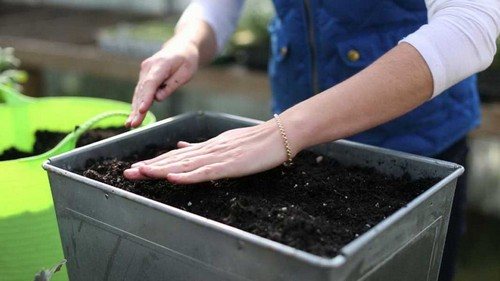
Mulching
A mulching layer of fallen leaves spread along rows and paths will prevent the leaching of minerals from the soil and inhibit the growth of weeds.By spring the mulch will rot, it should be raked with a fan rake or scattered on the ground when digging. Only leaves of healthy shrubs or trees are suitable for mulching. Coniferous crops must be abandoned, as they take a long time to rot.
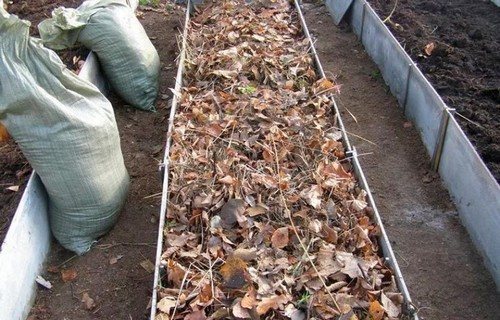
Material for perennial crops
Cover hydrangeas, perennial chrysanthemums and rose bushes with a layer of dry foliage. The material can also be used to mulch container flowers. Onion crops under a “blanket” of leaves will bloom earlier than usual. The leaves of fruit trees do not require preparation, and the needles should be ground to speed up the process of decay. Oak leaves contain tannins, so they need to be added carefully as they can make the soil sour. In spring, be sure to collect rotted leaves from flower beds, as the plants may rot.
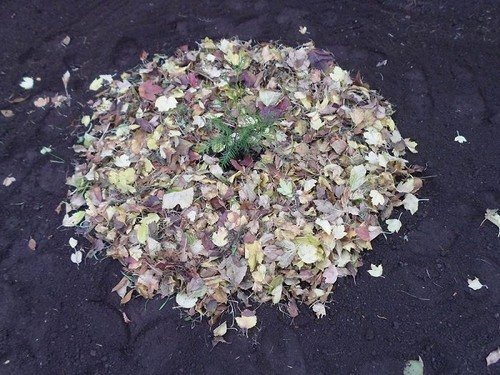
Warm beds
To speed up the spring harvest, you need to place the foliage in the dug trenches to the edges, and leave the soil nearby near the beds until spring. Place chopped green grass without seeds or roots on dry leaves, and water the base in the trenches with water. If the weather is rainy in the fall, additional watering will not be required. In the spring, after precipitation, pour out the soil and cover the bed with film so that the soil warms up due to rotting of the leaves. Seedlings can be planted after the beds have “warmed up”.
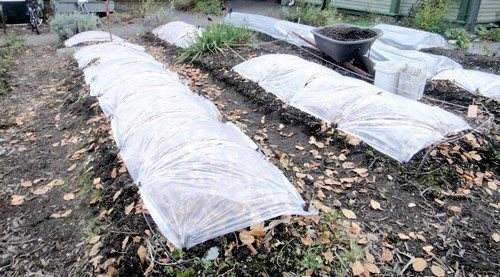
Basis for raised beds
To create optimal conditions, you can fill high beds with sides with foliage. In the spring, rotted leaves will begin to release heat into the soil mixture, which will create comfortable conditions for the development of garden crops.
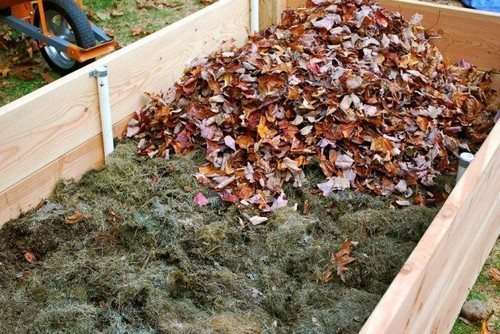
Lawn fertilizer
On a dry, sunny day, you need to mow the vegetation with a lawn mower with the basket removed. Ground leaves with grass will allow the young grass to “breathe”, over time it will penetrate deeper into the soil and improve the structure of the soil.
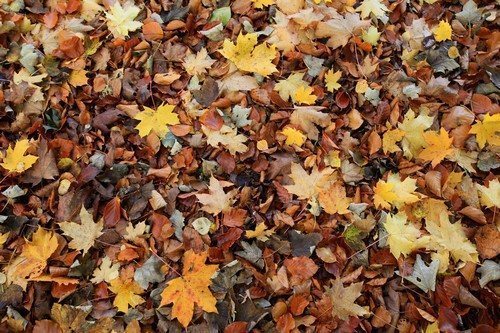
Housing for hedgehogs
Hedgehogs bring great benefits to the area: they eat May beetles, ground beetles, caterpillars and silkworm larvae. To attract prickly animals, you need to leave piles of fallen leaves under the fence or near trees in remote areas of the garden. Hedgehogs can spend the winter in cozy dry houses.

Fallen leaves from bushes and trees are not garbage, but the basis for preparing healthy fertilizer mixtures, mulch, and nutritious soil for seedlings. It is important to remember that walnut and oak are not suitable for feeding, and the leaves of fruit trees are considered the most useful.


